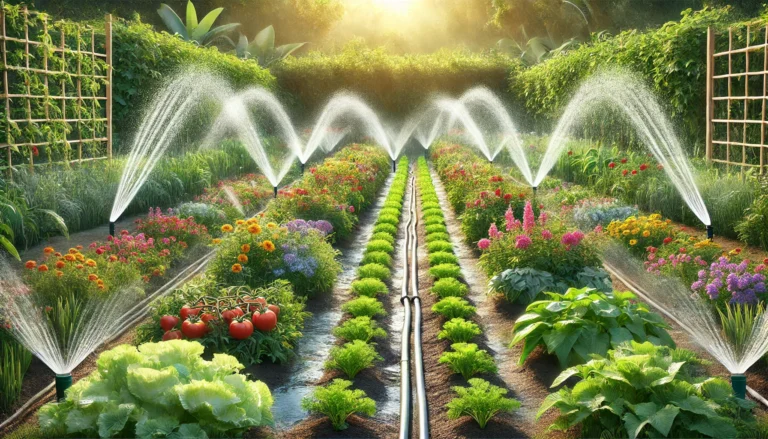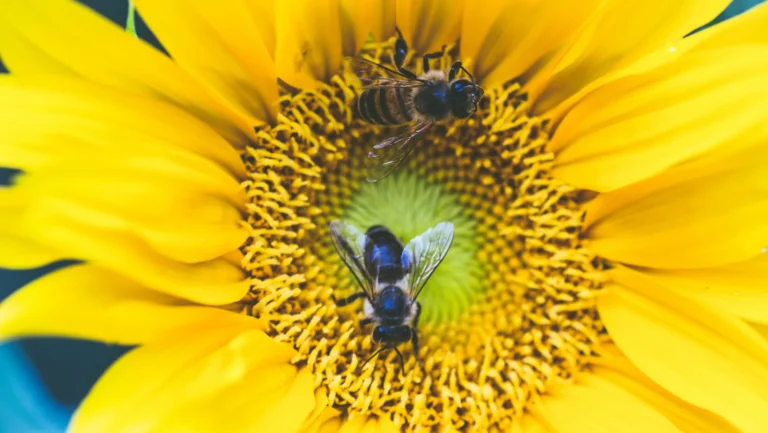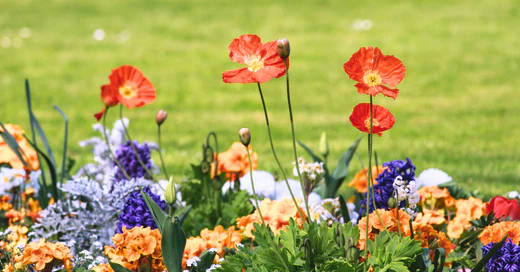The ultimate urban gardening guide for beginners
What is urban gardening?
Urban gardening refers to the practice of growing plants in city environments, whether on balconies, rooftops, small backyards, or even in community spaces. With urbanization reducing access to large plots of land, people have turned to innovative gardening solutions to grow their own fresh produce.
Why start an urban garden?
Urban gardening provides multiple benefits beyond just growing food:
– Sustainability – Reduces carbon footprint by lowering food miles.
– Cost Savings – Growing your own vegetables and herbs can cut grocery expenses.
– Mental Well-being – Gardening has been shown to reduce stress and improve mood.
– Healthier Eating – Homegrown food is free from pesticides and preservatives.

Choosing the right type of urban garden
Forms of urban gardening
Balcony Gardening
A balcony garden is perfect for apartment dwellers looking to maximize limited space.
– Best Crops: Herbs (basil, mint, parsley), small vegetables (cherry tomatoes, peppers), and leafy greens.
– Space Optimization: Use vertical wall planters and railing pots to maximize planting area.
– Wind Protection: Install windbreakers or use taller plants as natural barriers.
Rooftop Gardening
Transforming a rooftop into a lush garden requires consideration of weight, drainage, and sunlight.
– Best Crops: Root vegetables (carrots, radishes), climbing plants (cucumbers, beans), and flowers.
– Container and Raised Beds: Lightweight planters and raised beds ensure even weight distribution.
– Sunlight Management: Use shade cloths to protect sensitive plants from excessive heat.
Community Gardening
If you lack personal space, community gardens offer shared plots where individuals cultivate plants together.
– How to Join: Search for local community gardens or start one with neighbors.
– Benefits: Social interaction, shared resources, and communal learning.
– Best Crops: Beans, tomatoes, squash, and pollinator-friendly plants.
Guerrilla Gardening
Guerrilla gardening involves planting in neglected or underutilized public spaces.
– Best Plants: Wildflowers, hardy perennials, and herbs.
– Legal Considerations: Ensure local laws permit gardening in public spaces.
– Impact: Helps beautify neighborhoods and improve air quality.

Space optimization techniques
Gardening with limited space
Vertical Gardening
When floor space is scarce, growing upwards is an effective solution.
– Best Methods: Wall-mounted planters, hanging baskets, and vertical hydroponic systems.
– Best Crops: Strawberries, pole beans, peas, and trailing herbs.
– Learn 3 vertical gardening ideas.
Raised Bed Gardening
Raised beds offer better drainage, soil control, and accessibility.
– Best Materials: Wood, metal, or recycled plastic.
– Best Crops: Carrots, lettuce, onions, and herbs.
Container Gardening
Ideal for small patios and balconies, containers allow flexibility.
– Choosing Containers: Opt for lightweight, well-draining pots.
– Best Crops: Tomatoes, peppers, herbs, and dwarf fruit trees.
Hydroponics and Aquaponics
For those interested in soil-free gardening, hydroponics and aquaponics are great alternatives.
– Hydroponics: Uses nutrient-rich water instead of soil.
– Aquaponics: Combines fish farming with plant cultivation.
– Best Crops: Lettuce, kale, and herbs.
Get more resources :
How to grow a lot of food in a small garden.

Planning your urban garden
Selecting the right plants
– Dwarf or Compact Plants: Cherry tomatoes, peppers, radishes.
– Climbing Varieties: Beans, cucumbers, peas.
– Aromatic Herbs: Basil, thyme, rosemary.

Matching crops to your space and climate
– Microclimate Awareness: Observe sun exposure, wind patterns, and temperature fluctuations.
– Best Crops for Urban Gardens: Hardy vegetables like kale, spinach, and root crops.
– Seasonal Planting Guide: Plan for year-round harvests with staggered planting.
Landscaping and design tips
– Small Vegetable Garden Design: Use intercropping and staggered planting.
– Recycled Materials: Repurpose old containers, pallets, and tires.
– DIY Patio & Backyard Gardens: Incorporate raised beds, trellises, and container groupings.
– Efficient Methods: Drip irrigation, self-watering planters, and rainwater collection.
– Balcony & Rooftop Watering: Use trays under pots to retain moisture.

Pest and disease control
– Common Urban Garden Pests: Aphids, whiteflies, and spider mites.
– Natural Pest Control: Neem oil, companion planting, and insect-repelling plants.
– Companion Planting: Basil repels mosquitoes, marigolds deter nematodes.
Harvesting and storage tips
– When to Harvest: Follow seed packet recommendations.
– Storage Methods: Refrigeration, drying herbs, and fermenting excess produce.
– Preserving Herbs & Vegetables: Freezing, pickling, and making sauces.

Overcoming common challenges in urban gardening
– Limited Sunlight: Use grow lights or shade-tolerant plants.
– Soil Contamination: Opt for raised beds and tested soil.
– Space Constraints: Utilize multi-tiered shelving and hanging planters.
– Climate Variability: Use row covers and greenhouses for weather protection.
Expanding your gardening knowledge
Gardening tools and resources
– Essential Tools: Pruners, hand trowels, gloves, and watering cans.
– Books & Websites: Explore “The Urban Farmer” by Curtis Stone, and online resources like The Spruce.
– Online Courses & Workshops: Platforms like Udemy and Coursera offer gardening lessons.

Connecting with the urban gardening community
– Online Forums & Social Media: Join gardening Facebook groups and Reddit communities.
– Local Gardening Clubs: Check local botanical gardens or cooperative extensions.
– Volunteering in Community Gardens: Learn from experienced gardeners.
Start your urban garden today!
Starting an urban garden is an exciting and rewarding journey. By choosing the right space, selecting suitable plants, and optimizing your gardening techniques, you can cultivate a thriving green space, even in the smallest urban settings. Whether on a balcony, rooftop, or backyard, your gardening adventure awaits! Happy planting!




Leave a comment